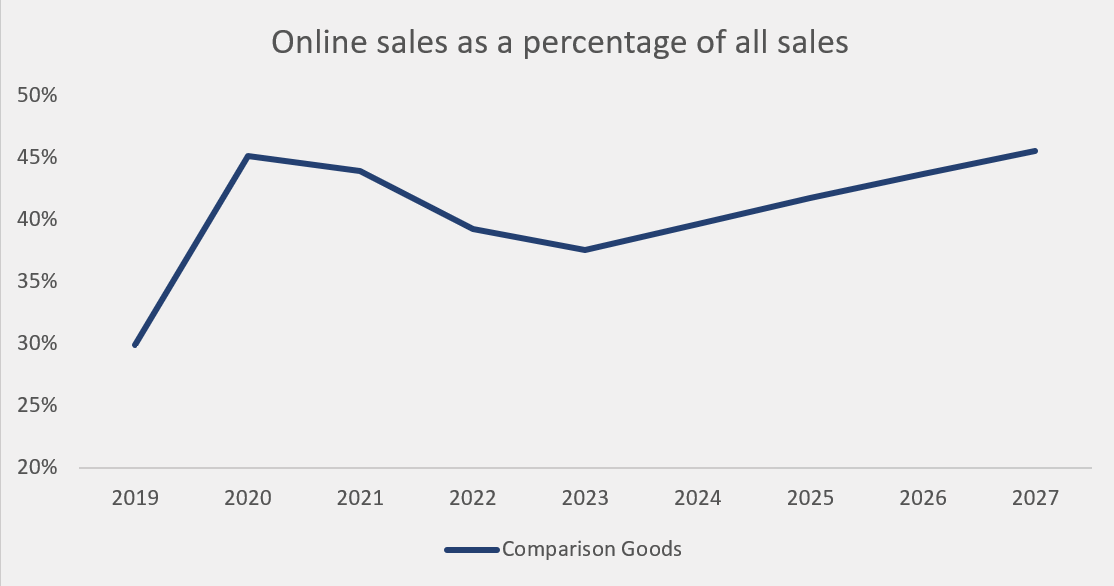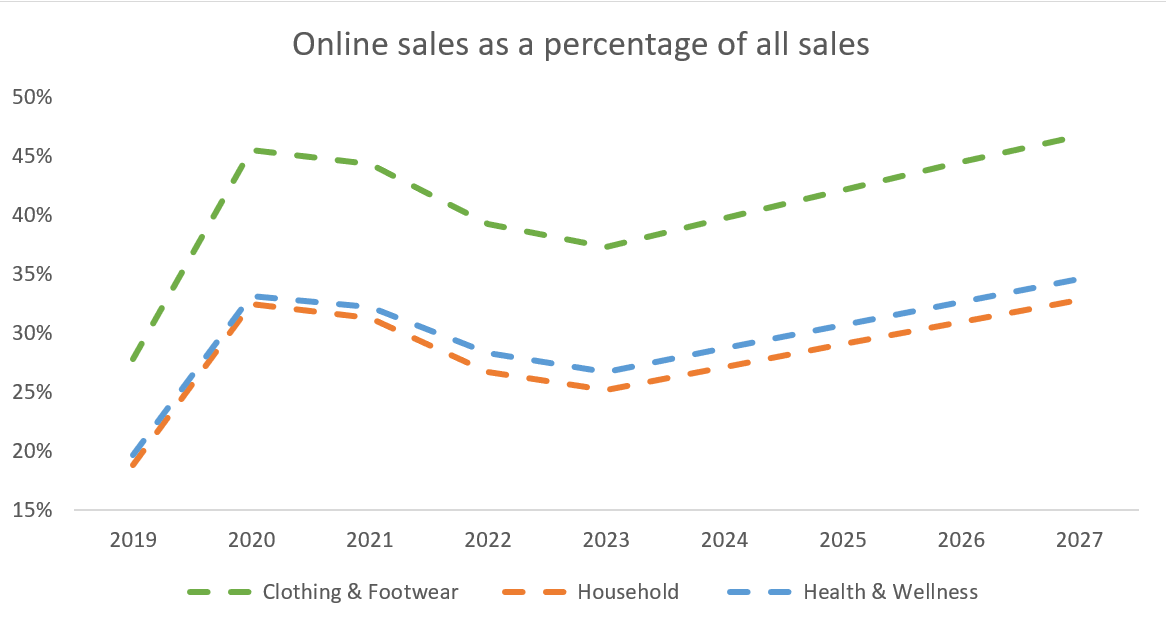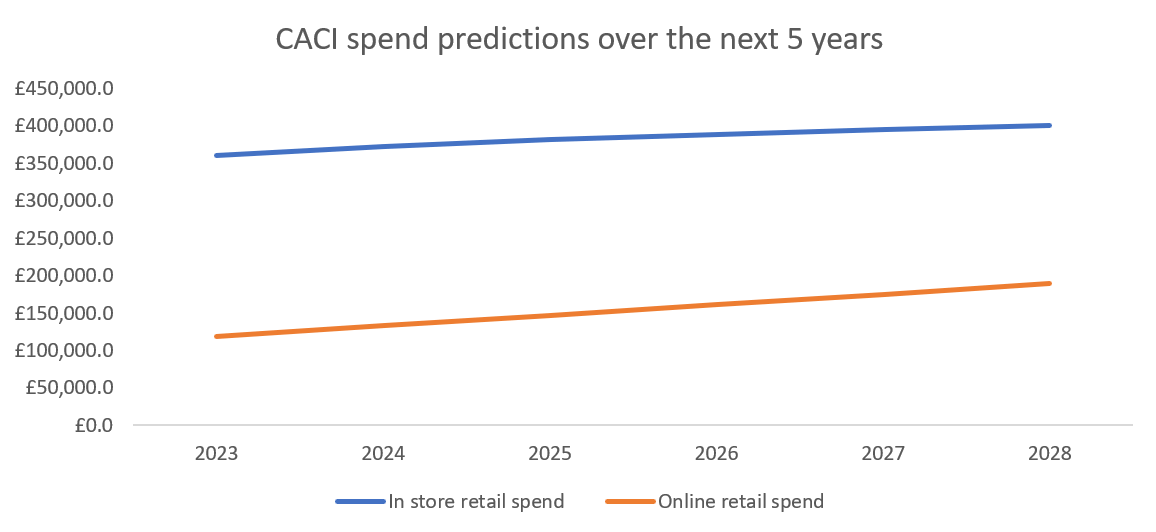
While wealth and asset managers may have developed a sophisticated and loyal base of investors, it is no secret that their client base is ageing and shifting. There have been noticeable changes in both the types of customers and their behaviours, whereby moving away from traditional investment styles and seeking out alternative areas of wealth to gain market share have become commonplace.
So, why would wealth and asset management firms benefit from having younger investors in their client base?
Their trajectory to wealth has high earning potential for wealth management businesses
Reaching the broader and untapped market of high-earning young investors has become critical for wealth and asset managers to continue to be successful. Supporting potential investors who are en route to wealth inheritance, who may find themselves in a position to sell off a thriving business in the near or distant future, or whose career path suggests high earning potential, are all inviting factors to drive wealth and asset management firms to acquire younger clients.
According to the Financial Conduct Authority (FCA), a High Net Worth Individual (HNWI) is someone who either earns more than £300,000 per annum or has net assets of more than £3,000,000. Firms with a client base that is more likely to pass down their wealth generationally are left to wonder the amount that might one day be re-invested into the firm, while young investors are more likely to distribute their wealth differently as a result of their current life stage and emerging alternatives, such as Crypto currencies. While the average new and younger potential investor may, for example, only bring ~£100k in assets to the table, potential exists for this investor to be on the trajectory towards becoming a high-net-worth individual.
Their financial industry knowledge is superior
Young investors building or inheriting their own wealth are often more knowledgeable (and environmentally conscious) about their financial options than previous generations.
With 80% of 18-24-year-olds having reportedly invested in ESG (Environmental, Social and Governance) stocks according to the Saltus Wealth Index 2022, their expectations on the importance of sustainable or green investments may likely differ, and they may be inclined to ensure that ESG factors such as how the businesses they invest in respond to climate change, water management, health and safety policies are likely to be considered. These investors may also be more likely to consider whether investments meet global standards for sustainability reporting (GRI) in transparency and accountability.
They are not afraid to take their services digital
The investor arena has increasingly filled with entry-level investors who have lofty expectations for customer service, especially with digital services. They are aware of the capabilities of self-sufficient online investing; therefore, they expect the same level of speed and ease of use in all their financial affairs.
How can wealth management businesses identify and secure young investors?
Without a comprehensive understanding of the behaviours and traits of potential younger investors, firms may struggle to target the right investors through their own initiatives, or target young investors at scale through digital channels. CACI is equipped with robust data that can provide valuable insight into potential investors at scale across the UK, garnering information on who the potential clients are, what they like, and what they do. CACI can also track existing clients’ signals and triggers to model with future investors in mind.
Throughout this blog series for the wealth management industry, we break down the opportunities for businesses to attract and retain high-net-worth individuals. Continue reading at the links below:
Blog 1 – Four barriers wealth managers face when attracting & retaining customers
Blog 2 – How to identify, attract & retain high net worth individuals
Blog 4 – How CACI supports the wealth management customer journey
Whitepaper – Acquiring new high net worth clients – What wealth managers need to know
Is your firm looking to attract younger investors? Get in touch with us by clicking the link below to find out how you can achieve this.

















